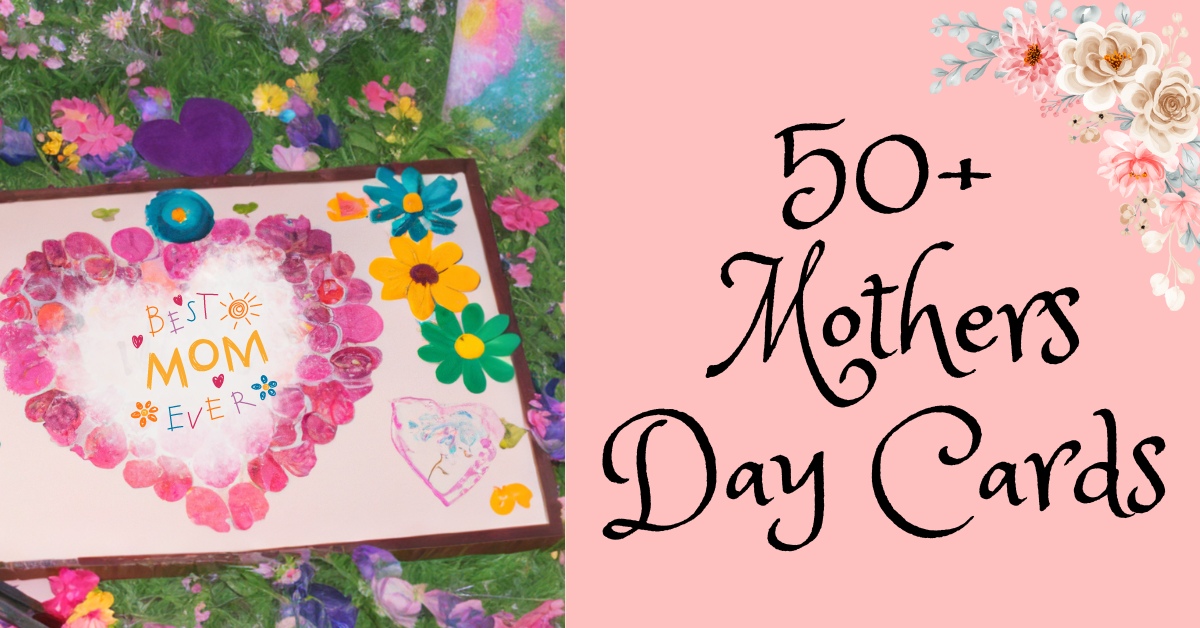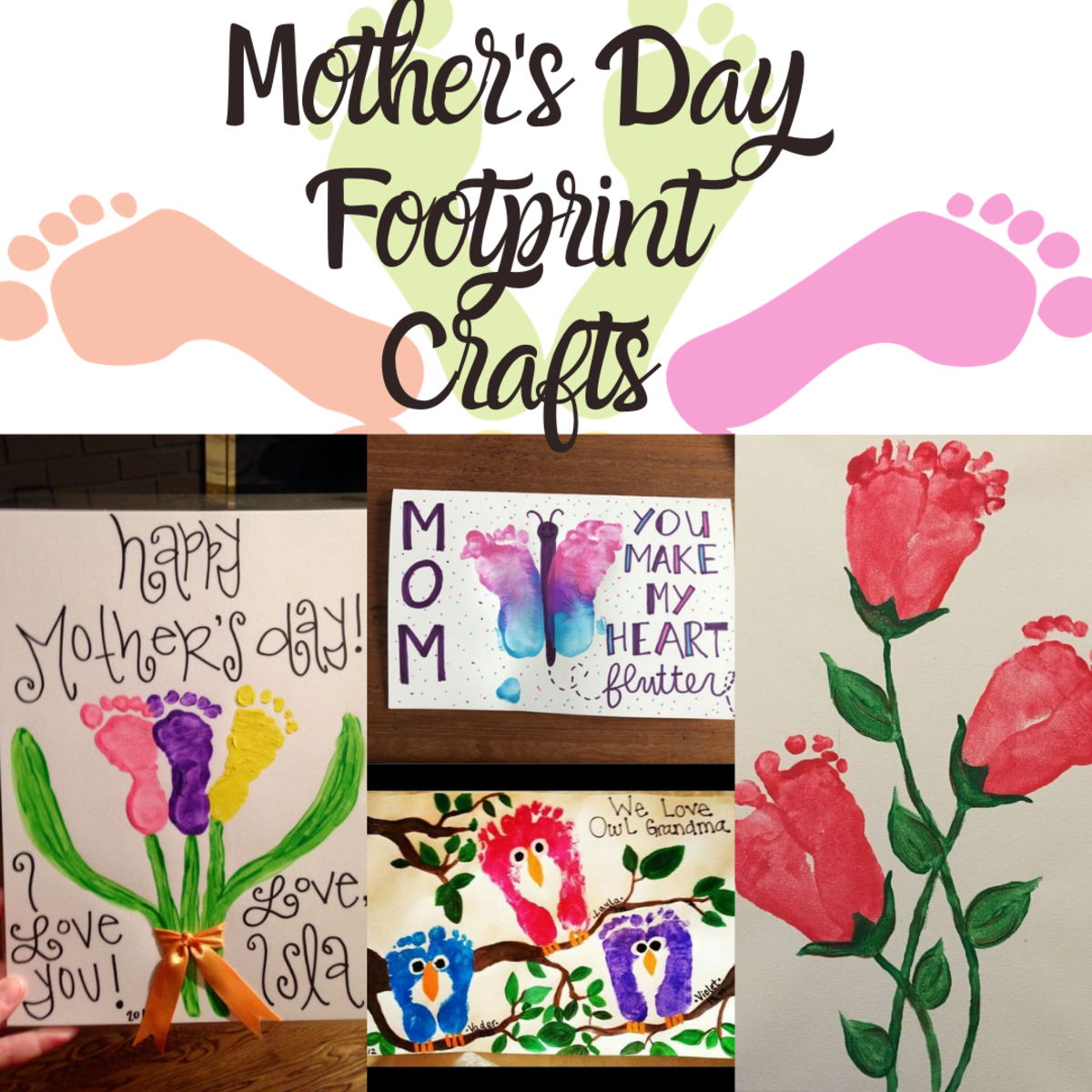Early Traditions of Mothering Sunday
Mothering Sunday is a festival not to be confused with Mother's Day. It is a Christian event in Europe which falls on the fourth Sunday of Lent.
Mothering Sunday, like many other Christian holidays, has roots in pagan festivals. It is derived from the ancient Roman festival, Hilaria, a 12-day festival held in March which honored the Great Mother, Cybele. As Christianity swept through the Roman Empire, the church incorporated the festival into its calendar. The early church found that by including native festivals and traditions into the liturgical calendar, the pagan people were more apt to convert to Christianity.

Mothering Sunday was first called Laetere Sunday, and it honored the Virgin Mary and "the mother church". As early as the 16th century, it was important for people to return to their "mother" church once a year. This "mother" church was normally a large local church, though most likely the nearest cathedral. For many, this day became one of reuniting with family. Children often left home early in life, sometimes as young as ten, to work as domestic servants. On Mothering Sunday, children returned home and saw their families, particularly their mothers. Over the years, several traditions took root and are still seen in today's Mothering Sunday and Mother's Day which stemmed from Mothering Sunday, though not until the 20th century.
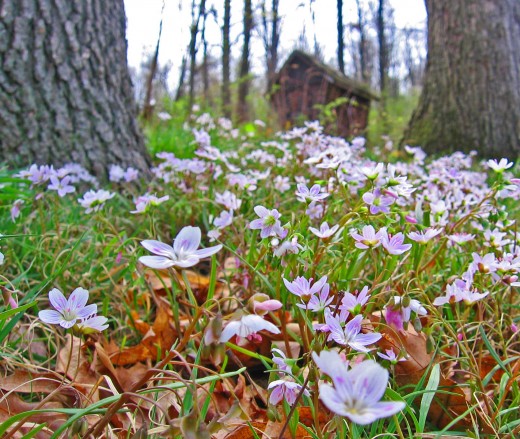
Common Traditions
On their long treks home, children often picked wildflowers from the roadside. They presented flowers to take to church or to their mothers, a token of their love and affection, much as we still give our mothers, grandmothers and aunts flowers today. Domestic servants in the 16th century would not have had enough money to purchase gifts so the roadside wildflowers were the only gifts they could get for their mothers.
Mothering Sunday also gave rise to the tradition of giving domestic servants the day off so they could visit their families. Centuries ago domestic servants often worked every day, including Sundays, so the tradition of a day off for domestic servants became an important and much-deserved day off which turned into an annual family tradition.
Food Traditions
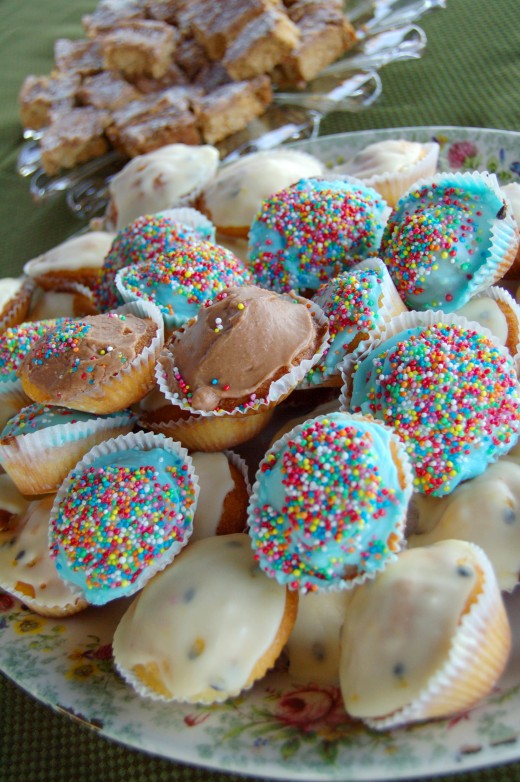
Mothering Sunday has also been called Simnel Sunday, so named for the tradition of baking cakes in celebration of the family reuniting. In early tradition, especially in Ireland and Britain, a cake known as "Mothering Sunday Buns" was commonly baked. These cakes had raisins and a butter icing. Today, the Simnel cake is most associated with Mothering Sunday. A Simnel cake is a two-layered fruit cake with almond paste on top and in between the layers. The top is usually decorated with eleven balls of marzipan icing, one for each of the eleven disciples. Judas is not included.
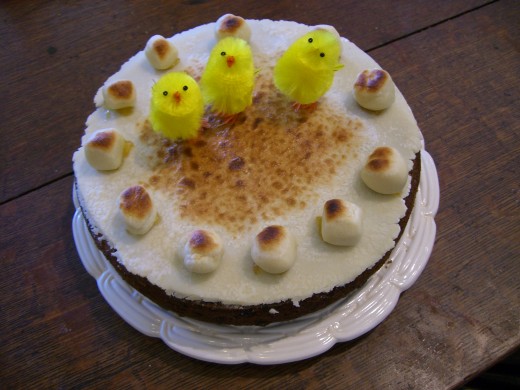
On Mothering Sunday, the rules for fasting and vows of Lent were relaxed in celebration of the fellowship of church and family. Families enjoyed hearty meals together, and the day also became known as Refreshment Sunday, though the name is rarely used today.
Other Traditions
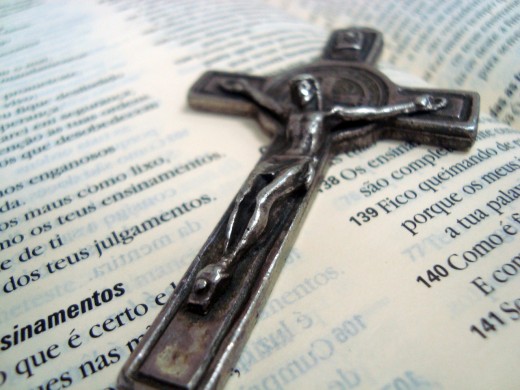
One of the most used gospel readings on Mothering Sunday is John 6:10-12, the story of Jesus feeding 5,000 with five loaves of bread and two fish. From the common use of this reading, this day was once known as "the Sunday of Five Loaves". The Epistle as set out by the Book of Common Prayers is Galatians 4.26 which gives a special place to maternal love.
Another early tradition of Mothering Sunday involves the priest's robes. On this day the traditional purple robes were usually replaced by rose colored ones, giving rise to the name Rose Sunday. The 1913 Catholic Encyclopedia states, "the Golden Rose, sent by the Popes to Catholic sovereigns, used to be blessed at this time, and for this reason the day was sometimes called 'Dominica de Rosa'."
And one of the most heartwarming traditions is "clipping the church". Parishioners stand in a circle outside the church and hold hands. They then embrace the church.

